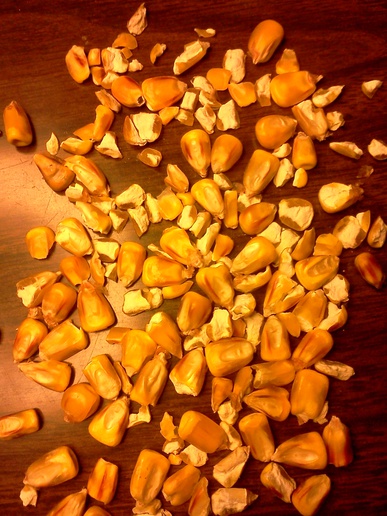Dave H (MI)
Well-known Member
Decided to run out and move the combine and pull the grain truck out and see could I get it to the road. 1000' of muddy lane and it was touch and go for a bit, but that old truck is like a tank, even with a full load of corn. Have to say I was impressed. It never stopped. So this load of corn is different than any other I have delivered. There is a lot of broken kernels. Not much other debris, just a lot of the corn is shattered. Test weight was a couple points lower than normal at 56 and this was the driest I have ever had at 15.5%. No changes were made to combine settings. Is the damage due to the dryness? It was also pretty cold the day I combined...maybe in the 20's. I took a hit on the damage, don't know how much yet. Curious as to what might be going on here?



